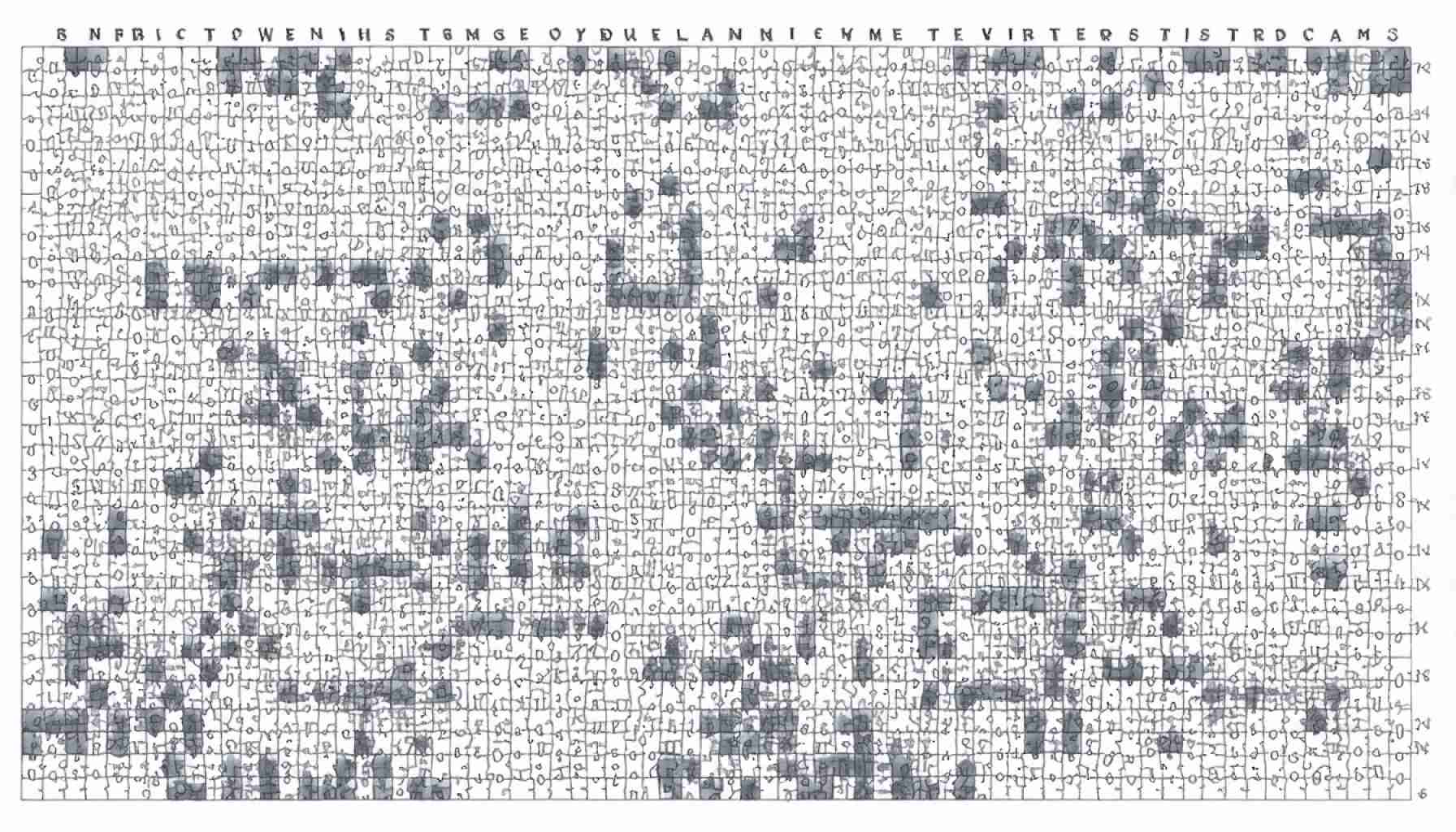- Protoclone is an advanced android created by Clone Robotics, featuring lifelike motion through artificial muscles and joints.
- Developed in Poland, it challenges traditional android designs with fluid, human-like movements.
- Equipped with over 1,000 myofibres and 500 sensors, it offers 200 degrees of freedom for realistic coordination.
- The android’s debut video sparked significant interest and debate on social media about future robotics.
- Protoclone is claimed to be the world’s first bipedal, musculoskeletal android, highlighting breakthroughs in mimicking human motion.
- This innovation signals a major advancement in the pursuit of naturalistic movement, potentially redefining human-robot interaction.
- Protoclone’s development illustrates the rapid progress in robotics, questioning the boundaries between human and machine collaboration.
Beneath the transparent surface of Protoclone, a groundbreaking creation from Clone Robotics, a symphony of artificial muscles, bones, and joints orchestrates a dance that is eerily human. With a grace that defies the traditional mechanical stiffness of other androids, Protoclone mesmerizes as it imitates the subtleties of human motion.
Developed by a team of pioneering scientists in Poland, this bipedal marvel evokes science fiction fantasies, leaving observers both fascinated and a bit unnerved. Imagine a futuristic movie scene where androids blend seamlessly with human life; Protoclone’s lifelike movements bring that vision one step closer.
Suspended from a ceiling, the android moves its limbs with fluidity, as if controlled by invisible strings, making a powerful spectacle out of what was once merely imagined. Viewers are transported into tomorrow, watching a faceless creation maneuver with astounding precision—200 degrees of freedom embodied in a synthetic frame.
The creators claim that Protoclone holds the title of the world’s first bipedal, musculoskeletal android, equipped with over 1,000 myofibres and 500 sensors, rendering a robot with unprecedented coordination and lifelike gait. Its viral video debut has fueled social media conversations, with reactions ranging from anticipation to skepticism, sparking imagination about what the future holds for robotics.
The key takeaway is clear: Protoclone represents a significant leap forward in android technology, emphasizing the relentless pursuit of naturalistic movement in robotics. As this field progresses rapidly, it challenges our understanding of what it means to create life-like machines and reshapes the boundaries of human and machine collaboration. This innovation doesn’t merely march on—it dances.
Mind-Blowing Leap: How Protoclone Is Redefining Human-Like Robotics
How-To Steps & Life Hacks: Creating Lifelike Movements in Robotics
Developing robots with human-like movements requires meticulous planning and design. Here’s how the team at Clone Robotics achieved such fluidity in Protoclone:
1. Research Human Anatomy: Understanding the biomechanics of human movements is crucial. Protoclone’s creators studied muscle, bone, and joint interaction to mimic real human motions accurately.
2. Develop Artificial Muscles: The android uses over 1,000 myofibres, which simulate human muscular functions, allowing for more refined and smooth movements.
3. Integrate Advanced Sensors: With 500 sensors, Protoclone can process real-time feedback, adapting its posture and actions as necessary, much like human proprioception.
4. Use Advanced Programming: Custom algorithms control the coordination between sensors and actuators, ensuring seamless robotic motion.
Real-World Use Cases
Protoclone’s unprecedented capabilities open up several potential applications:
– Healthcare Assistance: This technology could be utilized to develop androids that assist in surgical operations or elderly care.
– Human Interaction: In customer service, hospitality, and education, lifelike robots can transform user experience.
– Entertainment and Arts: Used as performers, these robots could add a new dimension to performing arts or create interactive exhibits.
Market Forecasts & Industry Trends
The robotics market, especially humanoid robots, is rapidly growing. According to a report by Allied Market Research, the humanoid robot market is expected to reach $13.8 billion by 2027, with a CAGR of 37.4% from 2020 to 2027. Eastern Europe, home to ProtoClone, could become a significant player in this space due to the expertise accumulated in the region.
Controversies & Limitations
While Protoclone is impressive, it faces several challenges:
– Ethical Concerns: As robots become more human-like, ethical questions arise regarding their roles and rights in society.
– Technical Limitations: Despite 200 degrees of freedom, replicating nuanced human emotions or understanding complex social cues remains a hurdle.
Features, Specs & Pricing
Protoclone is equipped with features like:
– 1,000 Myofibres: Offering advanced muscle simulation.
– 500 Sensors: Providing intricate data for motion correction and adaptability.
– 200 Degrees of Freedom: Allowing high versatility in motion.
While pricing details are closely guarded, comparable technology advancements suggest a premium market entry point due to its cutting-edge functionality.
Security & Sustainability
Security is paramount as robots become more ingrained in daily life. Ensuring Protoclone’s actions are predictable and safe requires robust cybersecurity measures and regulatory standards. Sustainability efforts could focus on eco-friendly manufacturing practices and energy-efficient operations to reduce the environmental impact.
Actionable Recommendations
1. Stay Informed: Keep up-to-date with developments in robotics through credible sources and publications.
2. Explore Synergies: Consider how such technology could integrate with current business models.
3. Engage in Dialogue: Participate in discussions about the ethical implications and societal roles of lifelike robots.
Quick Tips
– Engage with industry forums to learn about advancements in humanoid robotics.
– Consider potential partnerships with robotics firms for early adoption or investment opportunities.
– Anticipate regulatory and ethical guidelines that may influence future operations.
For further exploration of this innovative technology, visit Clone Robotics.


















